Radiolysis of Water as a Source of Bioavailable Energy in the Subsurface of Earth and Mars

When: January 29, 2007 11AM PST

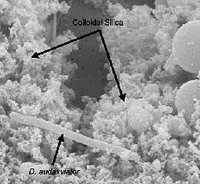
An NAI research team has discovered an isolated community of bacteria nearly two miles underground that derives all of its energy from the decay of radioactive rocks rather than from sunlight. The finding suggests life might exist in similarly extreme conditions on other worlds. The self-sustaining bacterial community, which thrives in nutrient-rich groundwater found near a South African gold mine, has been isolated from the Earth’s surface for several million years. It represents the first group of microbes known to depend exclusively on geologically produced hydrogen and sulfur compounds for nourishment. The extreme conditions under which the bacteria live bear a resemblance to those of early Earth, potentially offering insights into the nature of organisms that lived long before our planet had an oxygen atmosphere.
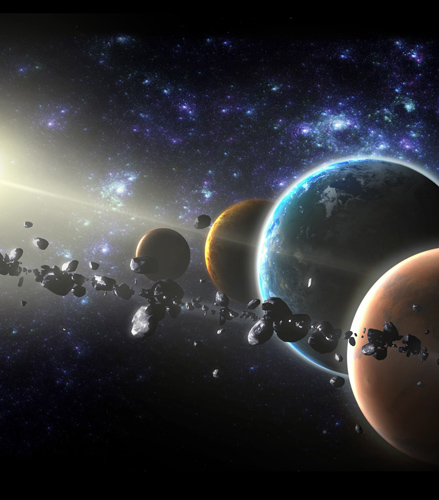 A Talk With Jim Green
A Talk With Jim Green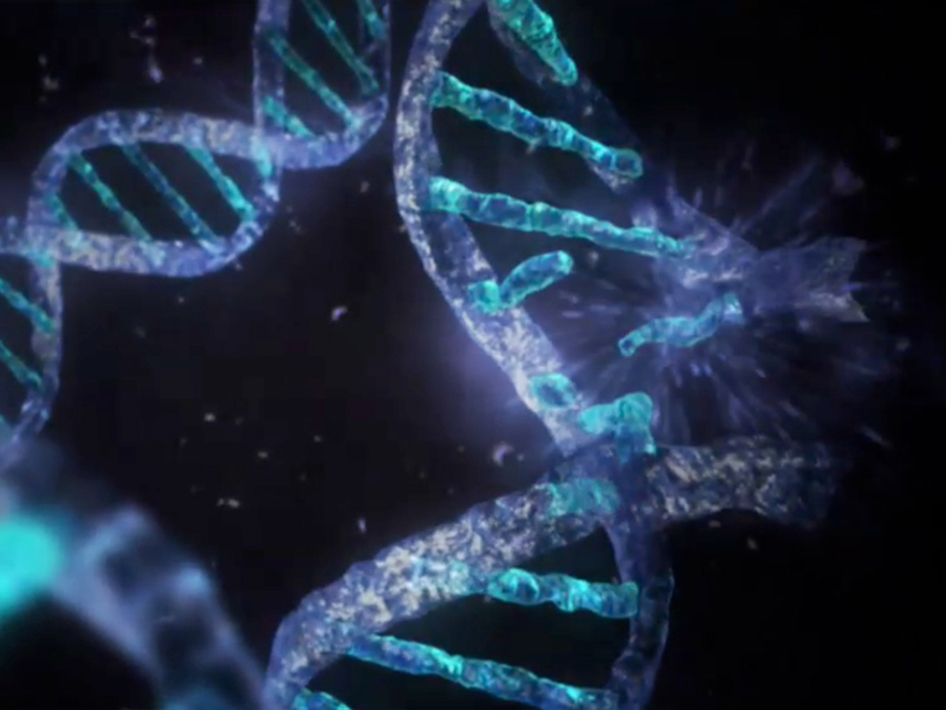 What Can Extant Genomes Reveal About Early DNA Metabolism?
What Can Extant Genomes Reveal About Early DNA Metabolism?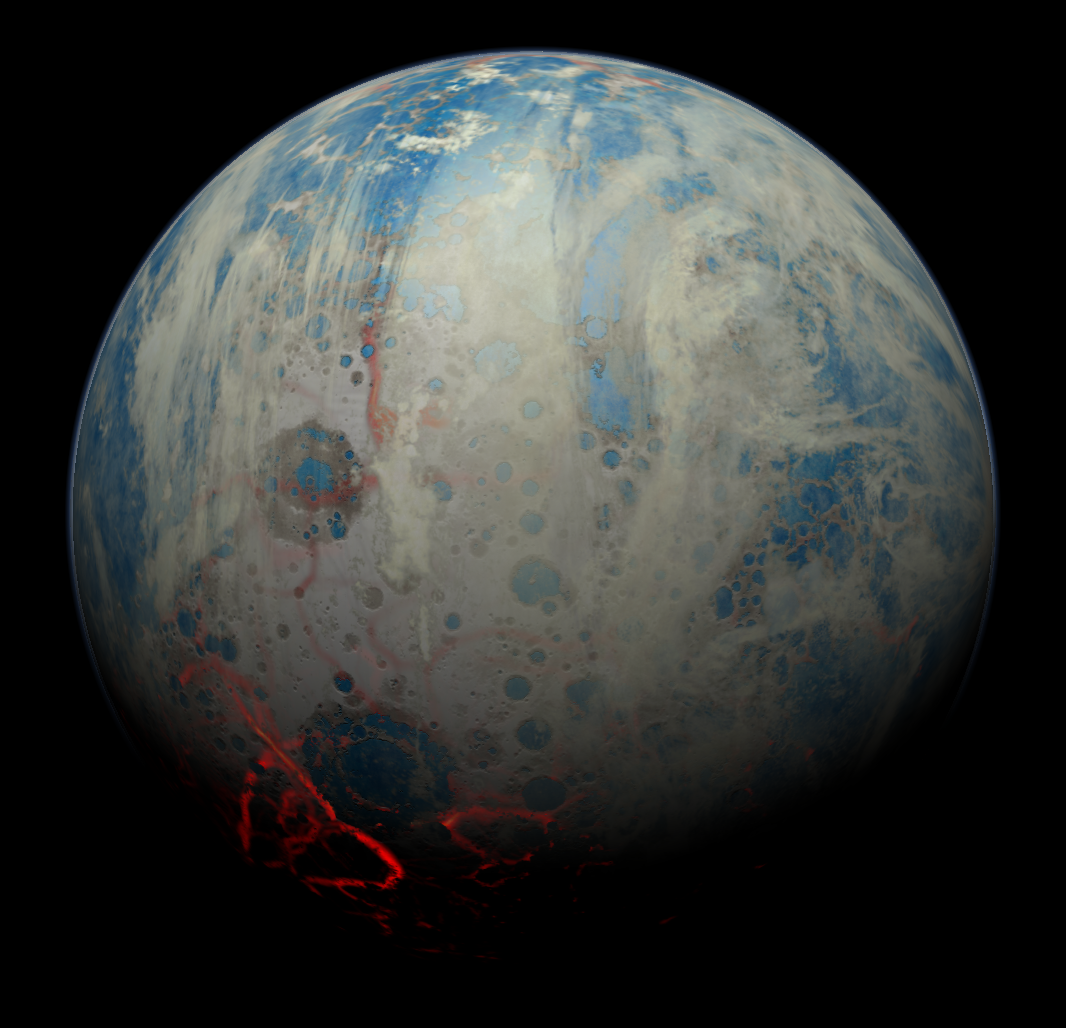 What We Talk About When We Talk About Earth's Oxygenation
What We Talk About When We Talk About Earth's Oxygenation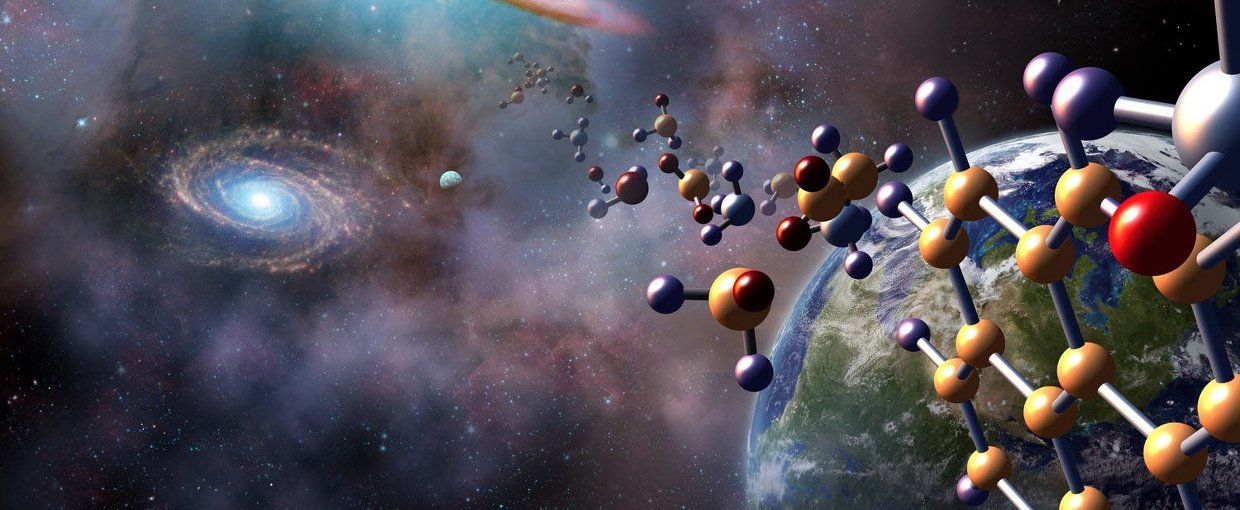 Bowling With Astrobiologists: A Twisted Path Toward the Origin of DNA
Bowling With Astrobiologists: A Twisted Path Toward the Origin of DNA